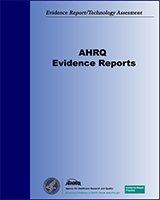From: 3, Results

Exercise-Induced Bronchoconstriction and Asthma.
Evidence Reports/Technology Assessments, No. 189.
Dryden DM, Spooner CH, Stickland MK, et al.
Rockville (MD): Agency for Healthcare Research and Quality (US); 2010 Jan.
NCBI Bookshelf. A service of the National Library of Medicine, National Institutes of Health.